Remote work has never been more popular, and in the age of disconnected teams, communication is key. To reap the benefits of proper communication and collaboration, using the right tools is essential. However, it can be difficult to know which platform is best for your team. There are many factors to consider: features, pricing, security, and more.
Picking the right tool can be easier said than done, but we’re here to help. Two of the most popular communication tools are Slack and WhatsApp. We’ve dug into the research so that you don’t have to, and will give you the details in this post. Let’s compare Slack and WhatsApp across several categories so that you can determine which will work best for you. Then you can make an informed decision and take your team’s communication to new heights.
Related Post: The Most Popular Instant Messengers of Their Decade (80’s - 2020’s)
What is Slack?
Slack is a cloud-based collaboration tool that enhances communication and collaboration among teams. It provides a centralized platform for team members to connect, share information, and work together effectively. It’s a platform designed for team use, and is less popular among specific individuals. It has several features that are intended to improve group communication in a variety of ways, which we will describe below. Slack can also be used to communicate with third parties, which is important for some businesses. Functions like file sharing and video calls make this one of the most popular messaging apps in the business world.
Related Post: The Ultimate Guide to Working Remotely with Slack
What is WhatsApp?
WhatsApp is a popular messaging application that helps teams and individuals communicate effectively. While primarily designed for personal use such as with family and friends, WhatsApp has gained popularity as a team communication tool due to its widespread availability and user-friendly interface. It supports sending and receiving a variety of media, as well as making voice and video calls. WhatsApp has also released a version for business which is designed to help them better communicate with customers and internal teams as well as manage high volumes of conversations. WhatsApp also offers end-to-end encryption, so many people feel more comfortable sharing sensitive information on the platform.
Related Post: How to Log In to Two WhatsApp Accounts at Once
Purpose of the Platforms
As described above, both of these platforms are communication tools designed to facilitate conversations between internal teams or individuals. That being said, they are often used in different ways.
Here are some of the common use cases for Slack:
- Team Collaboration: Slack is commonly used by teams to collaborate and communicate effectively. It provides a centralized platform where team members can have real-time discussions, share files, and collaborate on projects. With features like channels, direct messaging, and integrations with various tools, Slack enhances team productivity and streamlines communication.
- Remote Work: Slack is particularly useful for remote teams or distributed workforces. It enables seamless communication regardless of geographical locations, allowing team members to stay connected, share updates, and collaborate on projects. Features like video calls, screen sharing, and file sharing enhance remote collaboration and bridge the gap between team members working from different locations.
- Project Management: Slack can be utilized as a project management tool. With the ability to create channels dedicated to specific projects, team members can have focused discussions, share project-related files, and receive real-time updates. Integration with project management tools like Asana or Trello allows for seamless task tracking and organization within Slack, making it a comprehensive platform for project management and team coordination.
Though WhatsApp can be used in similar ways, people most often use it for these purposes:
- Team Communication: WhatsApp can be used as a quick and convenient communication tool for small teams or informal groups. It allows team members to exchange messages, share important information, and collaborate on projects. With its user-friendly interface and widespread availability, WhatsApp can facilitate effective team communication, especially for mobile-centric teams.
- Customer Support: Businesses can utilize WhatsApp as a customer support channel. By providing a WhatsApp number or using WhatsApp Business, companies can interact with their customers, address queries, and provide assistance in real-time. The multimedia sharing features of WhatsApp enable businesses to share images, videos, or documents for troubleshooting purposes, enhancing the customer support experience.
- Event Coordination: WhatsApp can be beneficial for coordinating and communicating during events. Whether it's a team-building activity, conference, or social gathering, creating a WhatsApp group for participants allows for seamless communication, sharing updates, and coordinating logistics. Features like location sharing and broadcast lists can be utilized to enhance event coordination and ensure everyone stays informed.
Note that these use cases center on business functions, since that is the purpose of this particular article. People tend to use WhatsApp on an individual basis in different ways - instead, focusing more on maintaining conversations and keeping them private and secure.
Related Post: Everything Wrong with Today’s Messaging Apps
A Comparison of Slack and WhatsApp
History
Slack was founded in 2013 and gained popularity rapidly. Designed as an internal communication tool, it attracted millions of users within a short span of time. Users enjoyed the unique and user-friendly interface that could transform business communication. Since then the company has continued to grow and expand features. Slack went public in 2019 and is one of the most well-known and popular communication tools available.
WhatsApp was created in 2009 based on the popularity of smartphone messaging. They also gained popularity quickly due to simplicity and the ability to send messages over the internet instead of through traditional SMS. In 2014, Facebook acquired WhatsApp in one of the largest technology acquisitions in history. After the acquisition, WhatsApp was able to further expand features like voice and video calling and end-to-end encryption which has become one of their hallmarks.
Interface
Both of the tools have interfaces that are commonly described as “simple” and “user-friendly”.
In Slack, conversations take the majority of the screen, and in the sidebar you’ll see channels, threads, and people you’ve chatted with. You can also change the color of the sidebar, and most feedback is that even new users can find what they’re looking for pretty easily.
The WhatsApp Business App has the same interface as the original app. When opened, you’ll see a list of conversations that you click on to see the individual messages, with the addition of product catalogs. You can choose your own chat background or pick one offered by the app. It’s a fairly intuitive interface that doesn’t require much time to get used to.
Frankly, depending on your personal preferences, the tools are pretty even in terms of user interface.
Related Post: Slack Text Formats: Bold, Quote, Strikethrough + More!
Features
Let’s dig into some of the specific features that make each app unique and valuable. We’ll begin with Slack. This app is known for:
- Channels: Slack organizes conversations into channels, which can be created for specific projects, departments, or any other topic. Channels improve communication by providing a dedicated space for discussions, ensuring relevant conversations are easily accessible.
- Direct Messaging: Slack allows team members to have one-on-one conversations through direct messaging. This feature helps to quickly resolve issues, share sensitive information, or have private discussions without cluttering the main channels.
- File Sharing: Teams can easily share files with each other using Slack. It supports various file formats, including documents, images, videos, and more. This enables seamless collaboration and eliminates the need for separate file-sharing platforms.
- Integrations: Slack integrates with numerous third-party tools and services, such as Google Drive, Dropbox, Trello, GitHub, and many more. These integrations enable teams to bring important information and updates from different apps into Slack, reducing the need to switch between multiple tools.
- Notifications and Alerts: Slack provides customizable notifications and alerts, ensuring team members stay informed about important updates. Users can choose to receive real-time notifications via desktop, mobile, or email, making it easier to stay connected even when not actively using the platform.
- Search and Archive: Slack offers a powerful search functionality that allows users to find past conversations, files, and information. This makes it effortless to locate specific discussions or retrieve important documents, even if they were shared months ago.
- Voice and Video Calls: Slack offers voice and video call features, allowing team members to have audio or video conversations directly within the platform. This feature is particularly useful for remote or distributed teams, enhancing real-time communication and reducing the need for separate communication tools.
- Collaboration Tools: Slack provides a range of collaboration tools to enhance productivity, including shared to-do lists, polls, reminders, and more. These tools facilitate task management, decision-making, and coordination within the team.
WhatsApp has a slightly different feature set, including:
- Groups: WhatsApp allows users to create groups where team members can join and participate in conversations. Groups provide a centralized space for discussions, announcements, and sharing information. They can be created for specific projects, departments, or any other team-related purpose.
- Direct Messaging: In addition to group chats, team members can have one-on-one conversations through direct messaging. This feature enables private discussions, sharing sensitive information, or addressing individual queries without involving the entire team.
- Multimedia Sharing: WhatsApp supports the sharing of various multimedia formats, including text messages, images, videos, documents, and voice messages. This facilitates the quick exchange of information, feedback, and updates among team members.
- Voice and Video Calls: WhatsApp offers voice and video calling features, allowing team members to have audio or video conversations in real-time. This is particularly useful for remote teams or when face-to-face communication is not possible.
- Broadcast Lists: WhatsApp enables the creation of broadcast lists, where a single message can be sent to multiple recipients at once. This feature is helpful for sending announcements, updates, or important information to the entire team simultaneously.
- Notifications: WhatsApp provides push notifications to ensure that users stay updated on new messages and activities. Users can choose to receive notifications on their mobile devices or desktop, allowing them to stay connected even when not actively using the app.
- Search: WhatsApp includes a search functionality that allows users to find past conversations, messages, and media files. This makes it easy to locate specific information or retrieve important discussions that have taken place in the past.
- Security: WhatsApp prioritizes user privacy and data security. It uses end-to-end encryption, which means that messages and calls are secured and can only be read by the intended recipients.
Storage
File sharing and storage has grown in importance as teams continue to spread out. What do you need to know about Slack and WhatsApp when it comes to these items?
First of all, Slack supports all kinds of files, from PDF documents to video and audio files. You can upload them from your device or from a file-sharing app like Dropbox. The storage available depends on which plan you have. The free plan offers 5GB for the entire workspace, with the other plans offering 10GB, 20GB, and 1 TB per member, respectively. As with most software, the more you invest, the more that’s available to you.
On WhatsApp, you can share images, videos, contacts, audio files, locations, and documents. It’s worth noting that there is a limit of 100MB per file on Android and 128MB on iOS. When it comes to storage, WhatsApp is not a storage channel: it uses up the space on your phone and cloud.
If storage is going to be important to you, you may want to take a closer look at Slack since WhatsApp doesn’t have its own storage mechanism.
Pricing
Both Slack and WhatsApp have a free version as well as premium products.
For Slack, the free plan isn’t very robust, so remote teams likely need to rely on paid subscriptions. The cheapest option starts at $7.25 per user, per month. Here are the pricing tiers for Slack:
- Free (a good way to try Slack)
- Pro (Great for small teams who want to improve collaboration) - $7.25/user/month
- Business+ (Helping to connect teams and increase productivity) - $12.50/user/month
- Enterprise Grid (Tools for the most demanding organizations) - Private estimates; call for pricing
On the other hand, WhatsApp and WhatsApp Business App are completely free. That being said, the Business API is not free, and you’ll want to do some calculations. Here is how pricing works for WhatsApp Business API:
- You pay per conversation but the first 1,000 conversations each month are free (conversation being all messages delivered in a 24-hour session).
- Pricing depends on where you are in the world and where your customers are.
- As an example, rates for the USA range from $0.0066to $0.1432 per business-initiated conversation.
- You will also need to pay Facebook hosting fees, which can vary but usually start at $50/month.
- You may also be looking at solution provider fees for integrating WhatsApp Business API into your third-party solution.
Simply put, if you’re a small business with simple communication needs, WhatsApp is the clear winner in the financial category. However, if your needs are more complex, you should put pencil to paper and do some more thorough comparisons between Slack and WhatsApp.
Security
Data protection has become a hot topic in recent years. People are far more savvy and careful with their information than in prior decades. How protected is your data when using either of these apps?
To begin with, Slack encrypts data at rest and data in transit. You can also rely on a few different security certifications like CSA and ISO/IEC 27001. That being said, Slack does not have end-to-end encryption.
On the other hand, WhatsApp is known for that particular security feature. Both individual and group chats are always protected. Messages are also protected by Signal encryption and data encryption is enabled on all chats as a default. That means you don’t have to manually turn it on or take extra steps.
That being said, WhatsApp does share some information with its parent company, Meta. As information sharing among apps becomes increasingly controversial, this can bother some people. Additionally, neither app can boast a data-leakage free past - both have at one time had some form of data leak.
It seems that each tool has pros and cons when it comes to security and it just depends on what is most important to you. Some people really value the encryption offered by WhatsApp, but if you are less impressed with that particular functionality, then the tools are pretty even (especially if you don’t want Meta to have more of your information).
Customer Support
Many people overlook support capabilities when investing in software tools, but they can ultimately make a big difference. It’s important to look into customer support availability before committing to a new tool.
Slack’s free plan includes an email help desk, an FAQ and messaging forum, and a Knowledge Base. With the Business+ plan, you will have all of that plus 24/7 support with 4 hour response time and 99.99% guaranteed uptime at your disposal. An Enterprise Grid plan gives you tailored support with a designated account and customer success team, which can prove really valuable for larger organizations.
With WhatsApp, you can search for solutions on their Help Center or FAQ section, or reach out to email support. The Help Center has several categories and a search function where you can seek out answers to common questions. However, there aren’t many resources if you are having difficulties and need further support - you would need to use the email support and wait for someone to get back to you.
App Integrations
Both Slack and WhatsApp have various app integrations, but the extent and focus of integrations differs.
Slack is better known for extensive integration capabilities. It has a vast library of third-party apps available through its app directory. You can find a wide range of integrations across a span of categories including project management, productivity tools, file sharing, and a lot more. Most users agree that Slack’s integrations allow them to connect their favorite tools directly to their Slack workspace, enabling seamless collaboration and workflow automation.
WhatsApp has a more limited selection of app integrations but many that people still find helpful. It doesn’t have an official app directory like Slack, you can find certain integrations in specific areas. For example, WhatsApp Business provides integrations with some customer support platforms, which allows them to manage customer inquiries more effectively.
In summary, Slack excels in offering a broad range of app integrations across various categories catering to a more diverse set of needs. WhatsApp is focused primarily on integrations that center on communication and customer support, offering more targeted solutions for specific business needs. In general, it’s safe to say that WhatsApp’s integration ecosystem is more focused on enhancing business communication and customer interactions, whereas Slack provides a wide range of general-purpose integrations.
Related Post: How to Get All Your Apps in One Place
Notifications
Finally, we’ll take a look at notifications. Since we all rely on digital platforms to some degree, the way that we’re notified of activity in each channel can really impact our work and focus. For example, a study from Deloitte found that people check their phone a whopping 47 times per day, and often in response to alerts.
In Slack, you’ll get notifications when:
- You get a direct message
- Someone mentions you
- You receive a reply on a thread you follow
- You get a message from Slackbot
You can also set up advanced notification options — it’s up to you whether you’ll receive all notifications, some of them, or none. You can also set up a timeframe for receiving notifications or turn on a Do Not Disturb mode to go notification-free for a period of time.
WhatsApp has notifications for similar actions, but less configuration for receiving notifications. You can mute notifications but there is no Do Not Disturb mode. In general, Slack has more options around notification management.
Speaking of notifications, no matter which of these platforms you use, you can use Shift to make things easier on yourself. Shift integrates with both Slack and WhatsApp, so you can be more productive by only receiving notifications when you want, and grouping them for your unique purposes.
Related Post: How to Get All of Your Notifications in One Place
Shift + WhatsApp or Slack
Shift offers notification management that can apply across all the apps you use every day, whether using Slack or WhatsApp. With a couple of clicks, you can mute all notifications temporarily or control the sounds that play when a notification comes through. Shift brings together all of the notifications from any of your apps and email accounts and displays them in one place. You don’t have to look in multiple places anymore just to see what new alerts you have. Instead, you can simply check the number that appears in the little red bubble on the Shift icon in your taskbar, and there you go! This is truly the easiest way to avoid overload from push notifications. Users save a ton of time that previously was wasted switching between apps and bouncing around from notification to notification. Not only that, you can even turn off notifications or remove the notification badge for particular apps within Shift if you don’t want to be alerted to things within that particular platform.
Related Post: How to Combine All of Your Messaging Apps in One Place
For more updates, tips, and trends on all things workplace, make sure to follow our blog.










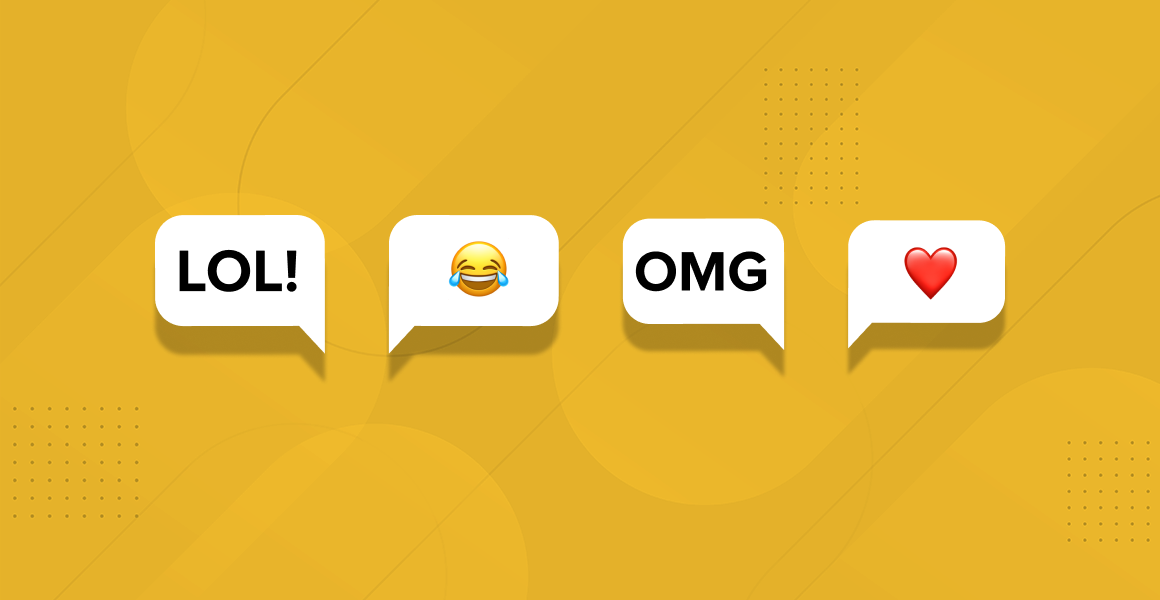
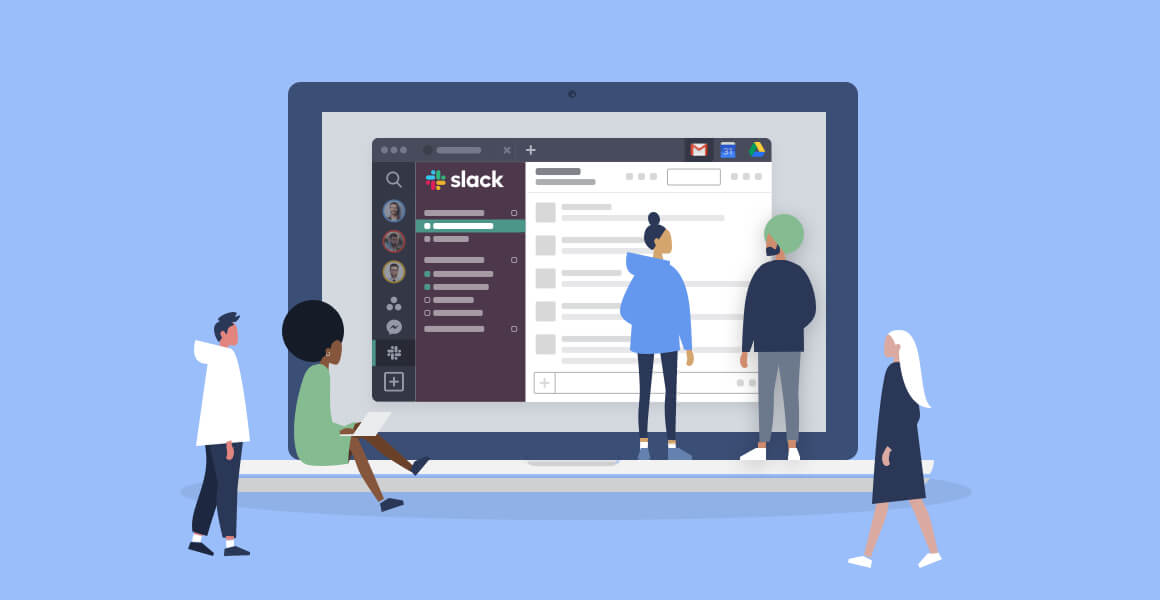
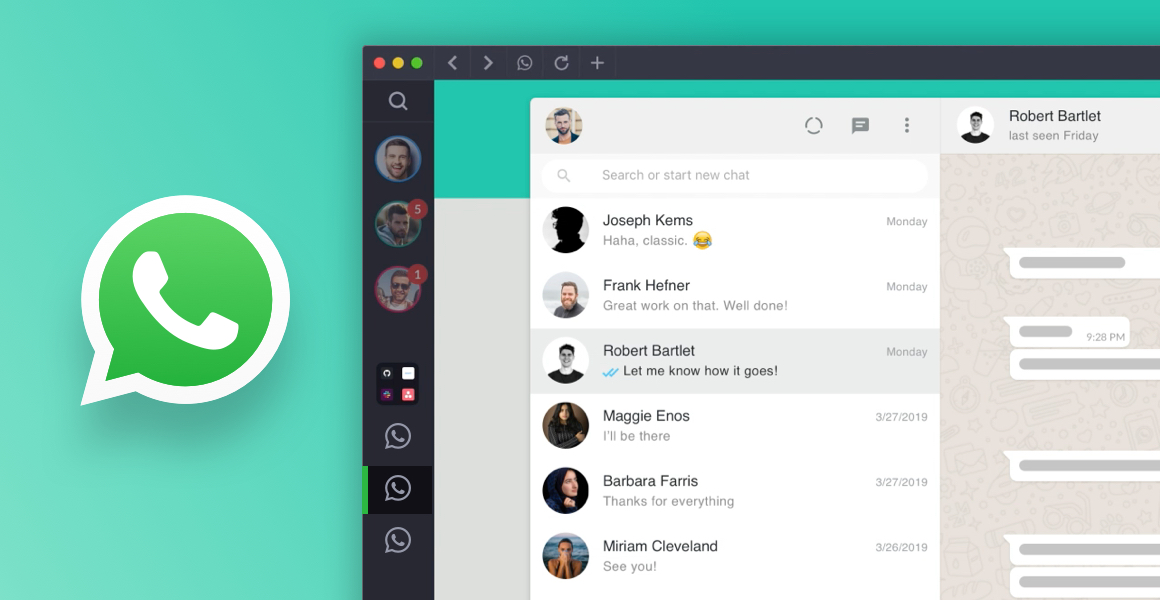

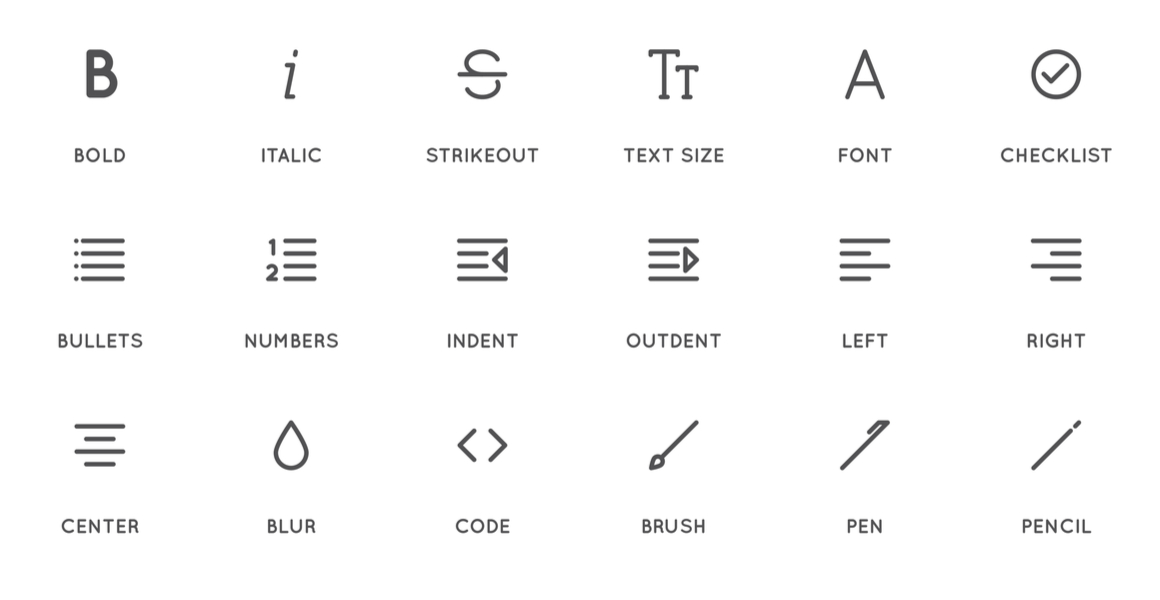
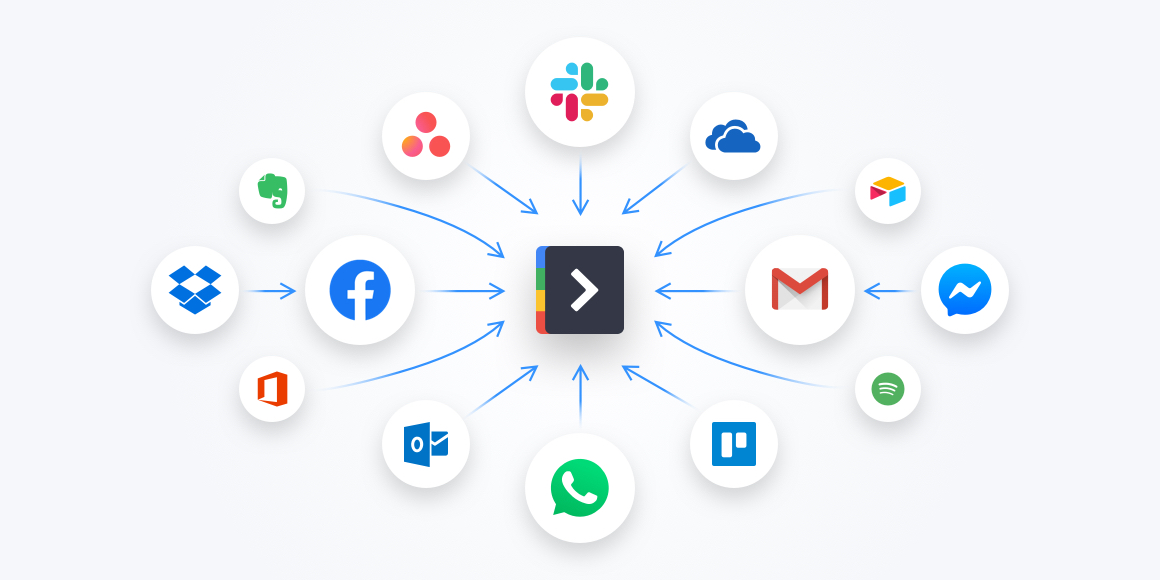







 Share on Facebook
Share on Facebook Share on Twitter
Share on Twitter







